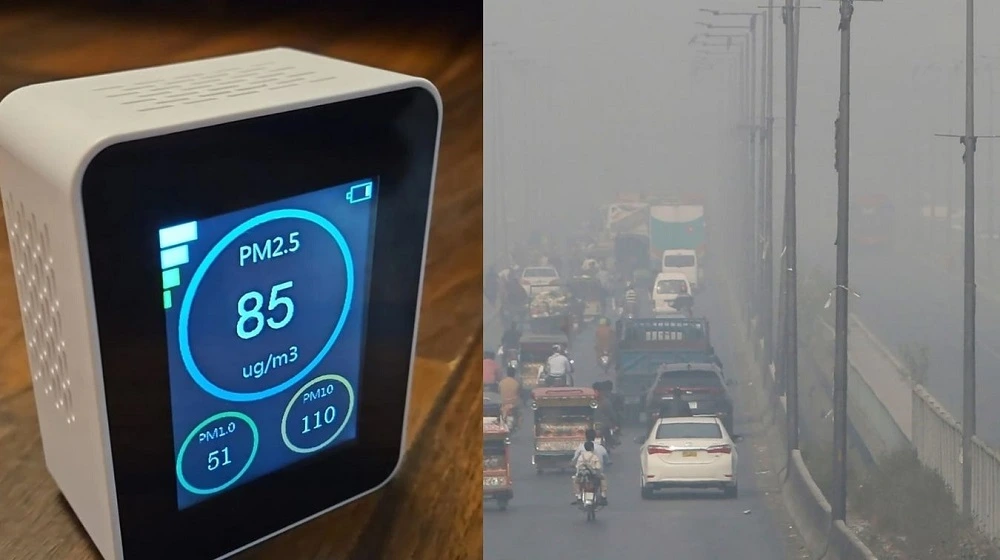The Punjab government has taken a major step in addressing the region’s growing smog crisis by installing 38 new air quality monitoring systems across the province. These systems are designed to provide real-time data on pollution levels, enabling authorities to respond quickly and enforce stricter environmental measures. The initiative comes as Punjab faces recurring smog emergencies, especially during the winter season, when air quality drops to hazardous levels due to industrial emissions, vehicular smoke, and crop residue burning.
By expanding its monitoring infrastructure, Punjab aims to better identify pollution hotspots, strengthen public health warnings, and adopt more targeted strategies for air quality management. Officials believe this project will not only improve the accuracy of smog forecasting but also enhance transparency for the public, as the data from these systems will be shared through digital dashboards and mobile applications.
Background and Policy Framework
For years, Punjab has struggled with seasonal smog that impacts public health, disrupts daily life, and reduces visibility on roads. The government has now prioritized environmental governance, aligning this initiative with broader policies on sustainable urban development and international climate commitments. Installing these monitoring systems represents a shift toward scientific, data-driven policymaking instead of relying solely on manual reporting.
Technical Coverage and Locations
The 38 air quality monitoring systems have been strategically placed in urban centers, industrial zones, and high-traffic corridors across the province. These devices measure particulate matter (PM2.5 and PM10), nitrogen oxides, sulfur dioxide, ozone, and carbon monoxide. By covering both rural and metropolitan areas, the monitoring grid will give a comprehensive picture of pollution patterns and enable rapid policy interventions where they are needed most.
Typhoon Ragasa slams into south China after killing 14 in Taiwan
Public Health and Awareness Impact
Smog has been linked to rising cases of asthma, respiratory infections, and cardiovascular illnesses in Punjab. With real-time monitoring, the government can now issue timely health advisories, regulate school closures, and enforce restrictions on industries or vehicles when thresholds are exceeded. Moreover, public dashboards and mobile alerts will empower citizens to adjust outdoor activities and protect vulnerable groups such as children and the elderly.
Challenges and Future Prospects
Despite the installation of these systems, challenges remain. Effective use of the data requires strong coordination between departments, strict enforcement against violators, and long-term measures like promoting clean energy and sustainable transport. Experts believe that if the monitoring initiative is coupled with concrete pollution control policies, Punjab could see a measurable improvement in air quality within the next few years.
Strategic Significance
This initiative highlights Punjab’s commitment to environmental responsibility and public health. By adopting modern monitoring technologies, the province is setting a precedent for other regions in Pakistan to follow. It also strengthens the case for international cooperation, funding, and technical support in tackling climate-related health risks.







